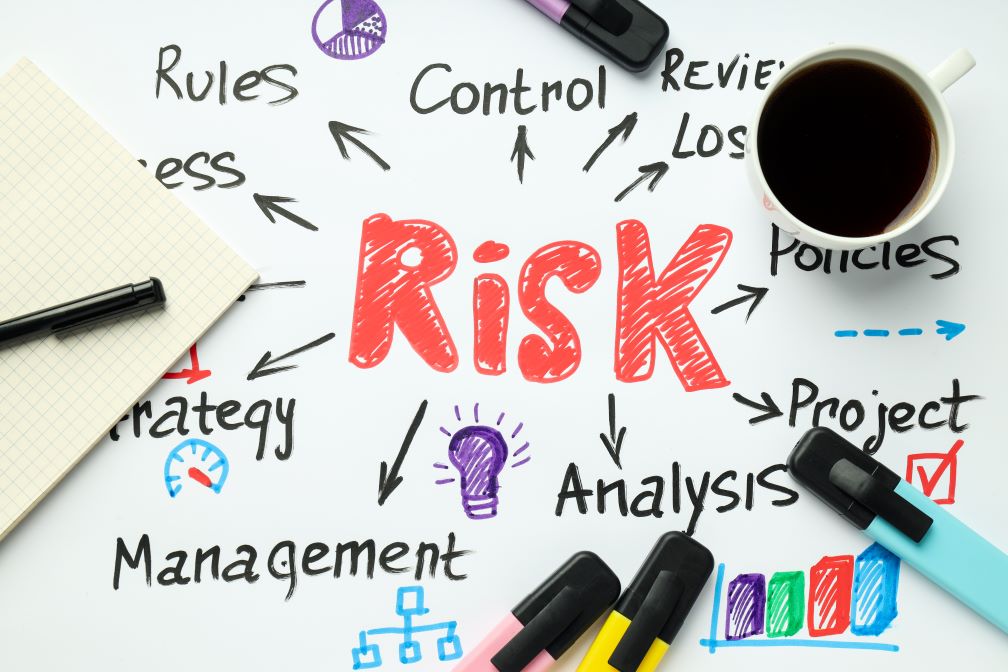Introduction
In times of emergency, the capability to execute Cardiopulmonary Resuscitation (MOUTH-TO-MOUTH RESUSCITATION) can be the difference in between life and death. In Australia, understanding the CPR certification requirements is vital for any person desiring to come to be a certified rescuer. This detailed guide will certainly look into what you need to understand about mouth-to-mouth resuscitation certification in Australia, consisting of training alternatives, validity of certificates, age-specific guidelines, and more.
CPR Accreditation Demands in Australia: What You Need to Know
What is CPR?
Cardiopulmonary Resuscitation (MOUTH-TO-MOUTH RESUSCITATION) is an emergency situation treatment performed when somebody's heart quits defeating or they stop taking a breath. It incorporates chest compressions with rescue breaths to maintain blood circulation and oxygenation till professional clinical aid arrives.
Why is CPR Important?
The important relevance of mouth-to-mouth resuscitation can not be overemphasized-- it saves lives. According to statistics from the Australian Resuscitation Council, immediate CPR can increase or triple a target's opportunity of survival after cardiac arrest.
Understanding CPR Certification
To come to be accredited in CPR, people must undergo training through acknowledged organizations. Certifications commonly include hands-on skills practice and theoretical knowledge regarding heart emergencies.
Types of mouth-to-mouth resuscitation Training Available
Basic Life Support (BLS) vs. Advanced Life Assistance (ALS)
- Basic Life Support (BLS) focuses on essential techniques consisting of chest compressions and rescue breaths. Advanced Life Assistance (ALS) covers a lot more complicated procedures such as innovative airway management and drug administration.
Online vs. In-Person Training
- Online CPR certification deals versatility however may lack hands-on experience. In-person courses give sensible abilities technique crucial for efficient feedback in emergencies.
CPR Qualification Process
Choosing a Training Provider
When seeking training, guarantee that your picked carrier is certified by trusted organizations like the Australian Resuscitation Council or St John Ambulance.
Course Period and Content
Most fundamental training courses last regarding 4 hours and cover:
- Adult mouth-to-mouth resuscitation techniques Use of Automated External Defibrillators (AED) Recognition of heart attack signs
CPR Certification Validity
How Lengthy Does a Mouth-to-mouth Resuscitation Certificate Last?
Typically, a CPR certificate continues to be legitimate for 3 years before needing renewal. It is critical to remain updated with the most up to date procedures and guidelines.
Renewing Your Certification
Renewal typically includes taking a correspondence course that reviews crucial abilities and updates attendees on any type of adjustments in guidelines.
Age-Specific CPR Guidelines Australia
Adult vs. Child vs. Infant mouth-to-mouth resuscitation Techniques
Different age require tailored strategies:
- For grownups, focus on compression depth and rate. For children, change compression depth based upon size. Infant mouth-to-mouth resuscitation technique entails mild compressions and mindful ventilation.
Infographic: Age-Specific Techniques
|Age|Compression Depth|Ratio|| -----------|-------------------|-------|| Adults|5-6 centimeters|30:2|| Youngsters|4-5 cm|30:2|| Babies|1.5 cm|30:2|
CPR Tools in Australia
Essential Equipment for Reliable Response
Having access to correct CPR equipment aids effective resuscitation initiatives:
AEDs Pocket masks GlovesUsing AED with mouth-to-mouth resuscitation in Australia
An Automated External Defibrillator can significantly raise survival prices when used along with mouth-to-mouth resuscitation-- knowing just how to utilize an AED efficiently is crucial for each rescuer.
Common Misconceptions Regarding CPR
The Myth of "Mouth-to-mouth Resuscitation Always Restarts Heart"
Many believe that carrying out mouth-to-mouth resuscitation will always restart a heart; however, this is deceptive-- CPR advance first aid training maintains blood flow till specialist aid shows up yet does not assure revival.
Debunking Other Misconceptions
Other misconceptions include misconception compression depth or the effectiveness of rescue breaths versus hands-only methods; education plays an important duty in dispelling these falsehoods.
Special Circumstances in Doing CPR
CPR for Sinking Victims
Drowning targets usually require immediate rescue breaths due to their distinct scenarios; recognizing this context improves Visit this page results significantly.
Sports-Related Cardiac Arrest Procedures
Recognizing indications details to professional athletes aids -responders act swiftly-- education regarding sports-related heart occurrences is imperative for trainers and trainers alike.
Workplace Emergency Plans
Establishing Preparedness at Workplaces
Every workplace should have a detailed emergency strategy that includes arrangement for first aid training like cpr and first aid combo programs for employees.
Training Employees Effectively
Regular training sessions make sure staff are prepared-- not just does this safeguard employees but likewise enhances general workplace safety and security culture.
Frequently Asked Concerns (Frequently asked questions)
Q1: How do I find regional mouth-to-mouth resuscitation classes?

Q2: Can I obtain my accreditation online?
A2: Yes! Lots of certified organizations use online cpr certification, however guarantee it consists of hands-on method elements as well.
Q3: Is there a difference in between adult and kid certifications?
A3: Yes! Programs specifically customized for babies and youngsters focus on age-specific methods which differ from those taught for adults.
Q4: How often need to I restore my certification?

Q5: Exist any certain legislations relating to compulsory training?
A5: While policies may differ by state or region, numerous offices are called for by legislation to have educated very first -responders offered on-site throughout functioning hours.
Q6: What data sustain the efficiency of CPR?
A6: Researches suggest that immediate bystander-administered mouth-to-mouth resuscitation can enhance survival prices from cardiac arrest significantly-- frequently doubling chances of individual healing contrasted to no treatment at all.
Conclusion
Understanding the ins and outs of the CPR qualification requirements in Australia empowers people throughout various fields-- from healthcare specialists to daily residents-- to act decisively throughout emergency situations. With correct training, awareness of age-specific guidelines, understanding regarding tools such as AEDs, and experience with typical misconceptions surrounding resuscitation initiatives, one can absolutely make a distinction when it matters most. Whether you're thinking about enrolling in local classes or exploring online alternatives like online cpr certification, bear in mind that each step taken in the direction of becoming licensed contributes toward conserving lives-- an honorable quest indeed!